Every country has its less safe and prosperous areas, and the United States is no exception. Because it is a vast, dynamic country, some places experience booming prosperity and social progress while others still grapple with entrenched problems. Here’s a look at 18 states that have faced constant challenges and worsening quality of life over the past two decades.
West Virginia
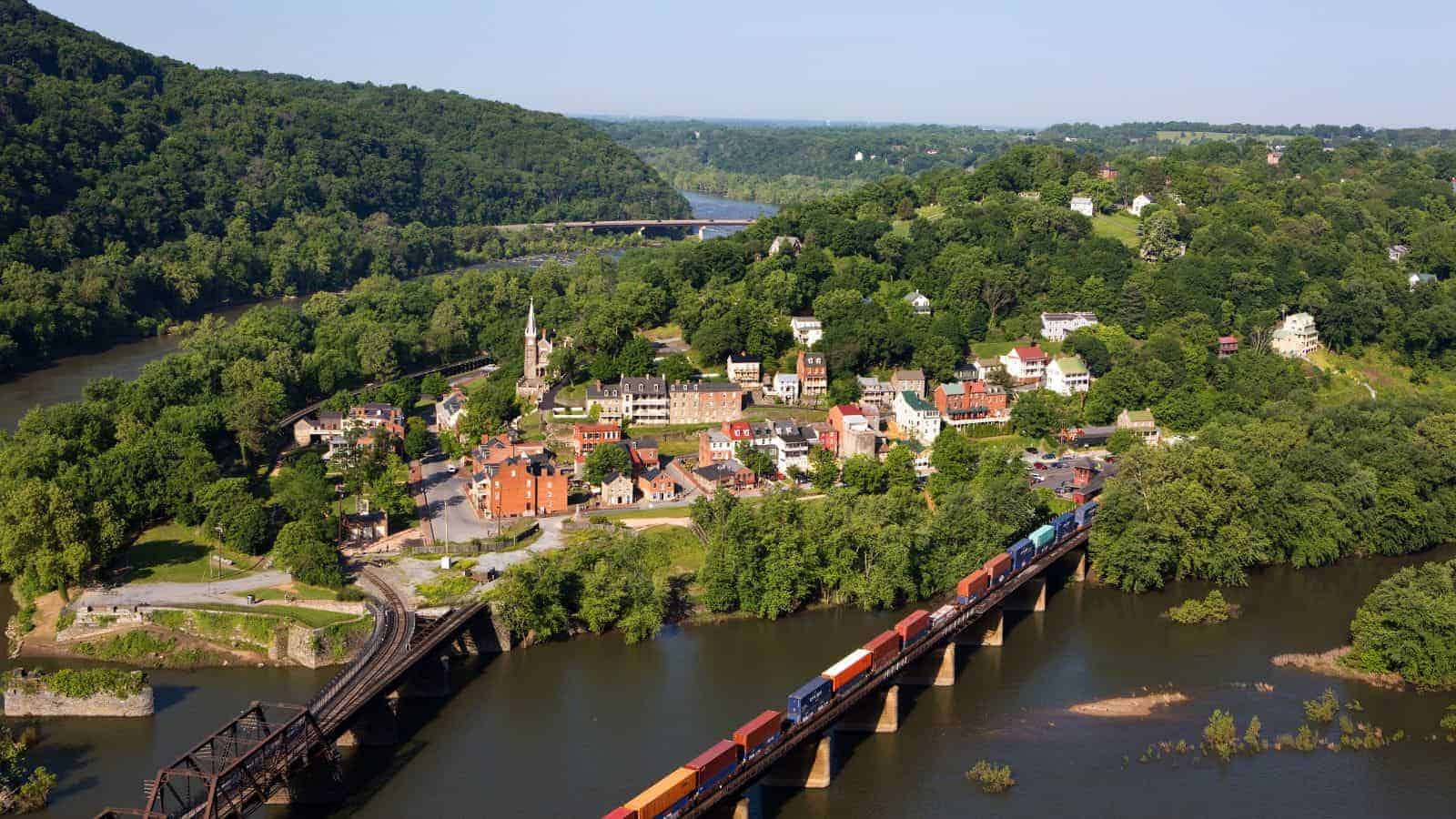
Once a busy coal production center, West Virginia’s economy took a major hit as the industry declined and profits dwindled, causing its tax base to shrink as unemployment rose and people left to find jobs elsewhere. Pyramid Healthcare also claims that the state suffers from a worsening opioid addiction problem, with 1,253 people dying in WV from opioid overdoses in 2021 alone.
Louisiana
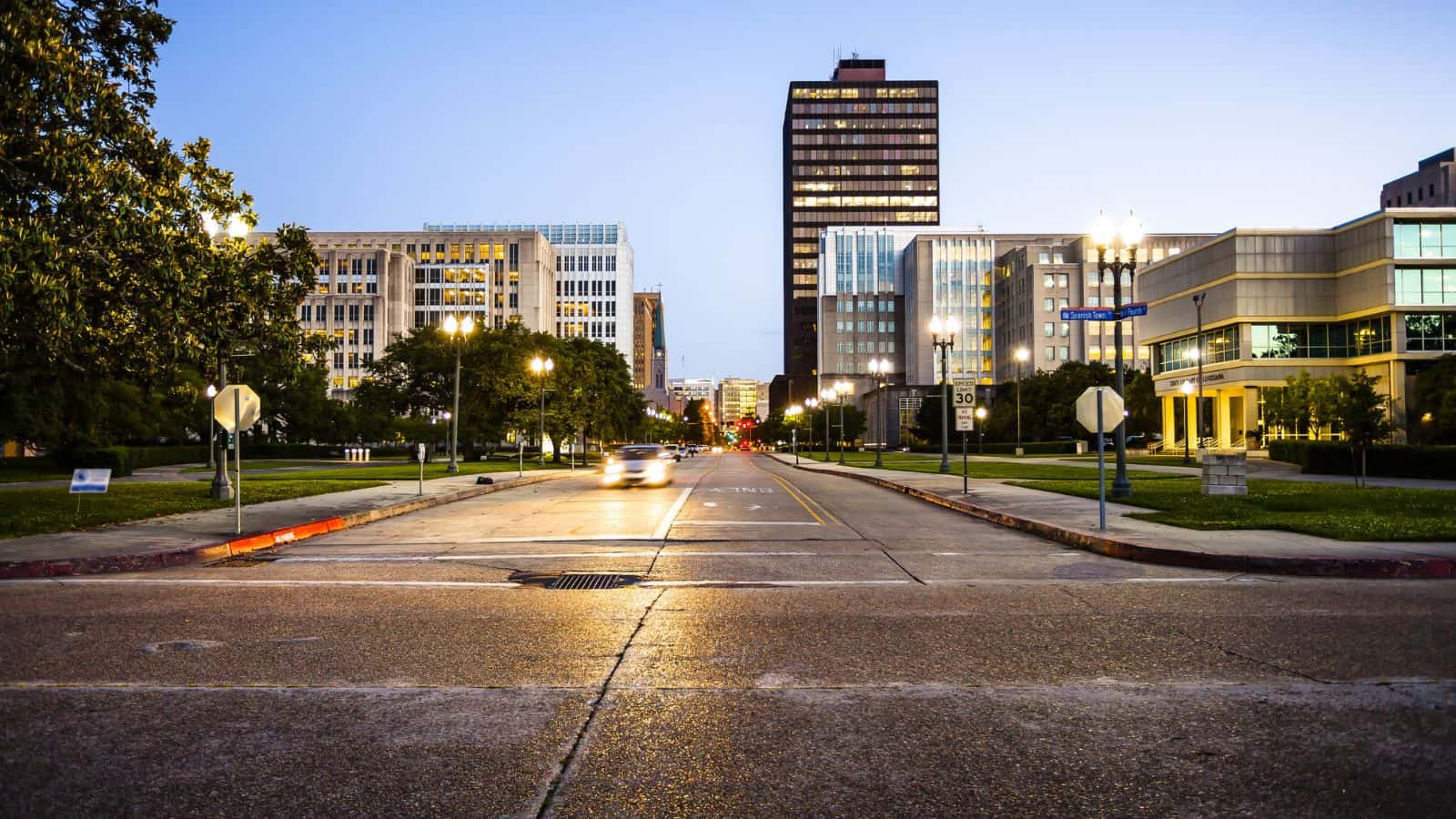
The Big Easy in Louisiana may have shown remarkable resilience after Hurricane Katrina. Still, it continues to struggle with widespread poverty and income inequality. Higher-than-average incarceration rates burden the state budget with prison costs, while coastal erosion due to climate change threatens its natural wetlands and world-famous coastal communities.
Michigan
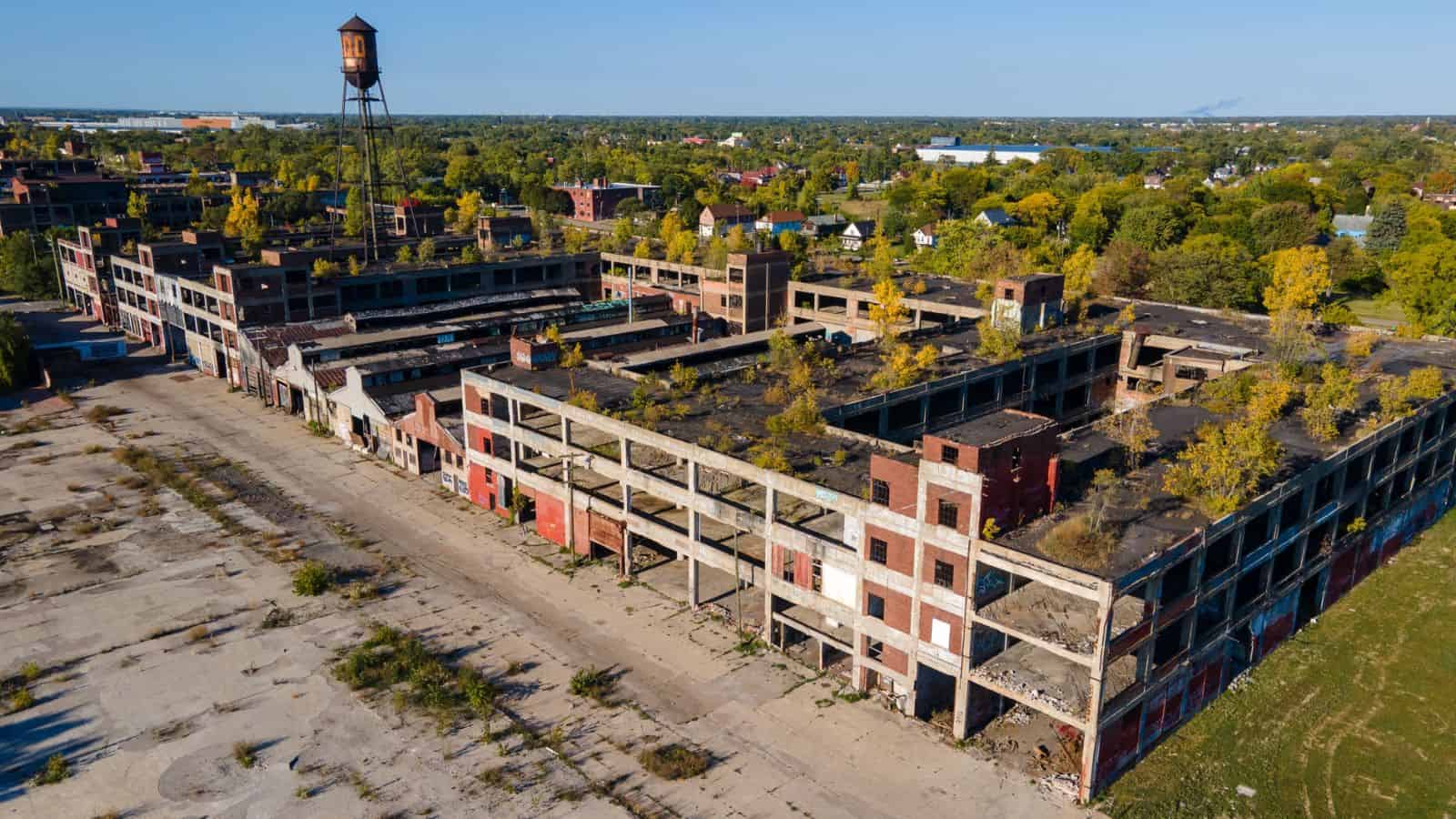
Detroit was once the heart of the American auto industry but continues to fall into decline. The state has a high percentage of abandoned buildings and struggles with escalating crime rates while failing to provide adequate education or healthcare to many of its residents. Signs of recovery and rejuvenation aren’t entirely absent, but they are painfully slow and scarce.
Alaska

Alaska’s fortunes have always been tied to oil production. As oil prices declined and stricter environmental regulations were implemented, the state budget suffered. This led to cuts in public services like education and healthcare, severely impacting Alaskan residents. The ever-growing threat of climate change also jeopardizes traditional lifestyles and the state’s natural beauty.
Oklahoma
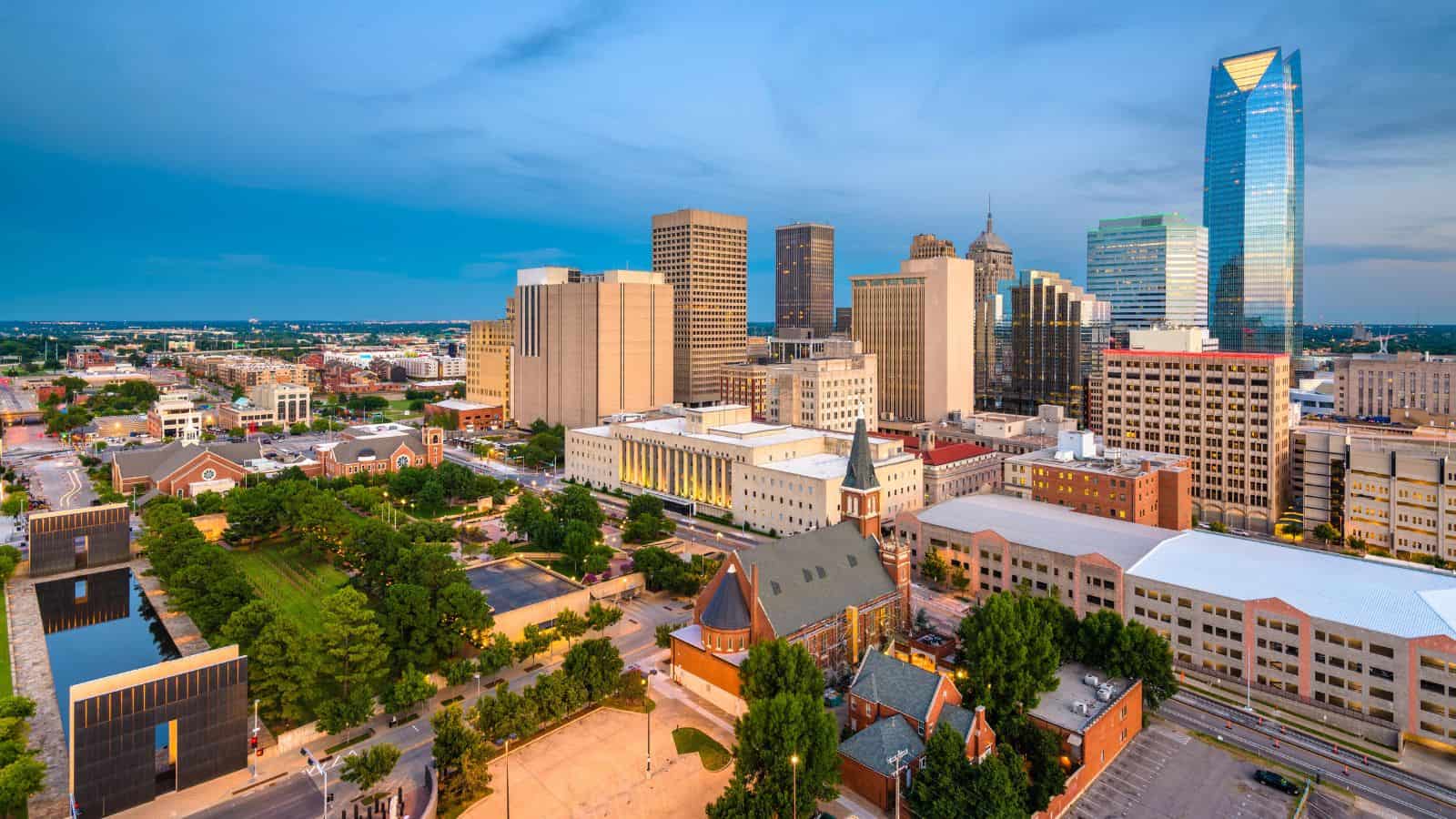
Several challenges have plagued Oklahoma over the past 20 years, including inequality and poverty. An opioid crisis has ravaged communities, causing preventable deaths, health problems, and high rates of drug and gang-related crime. Like Louisiana, the correctional system is a costly burden on state funds and is increasingly overcrowded and underfunded.
New Mexico
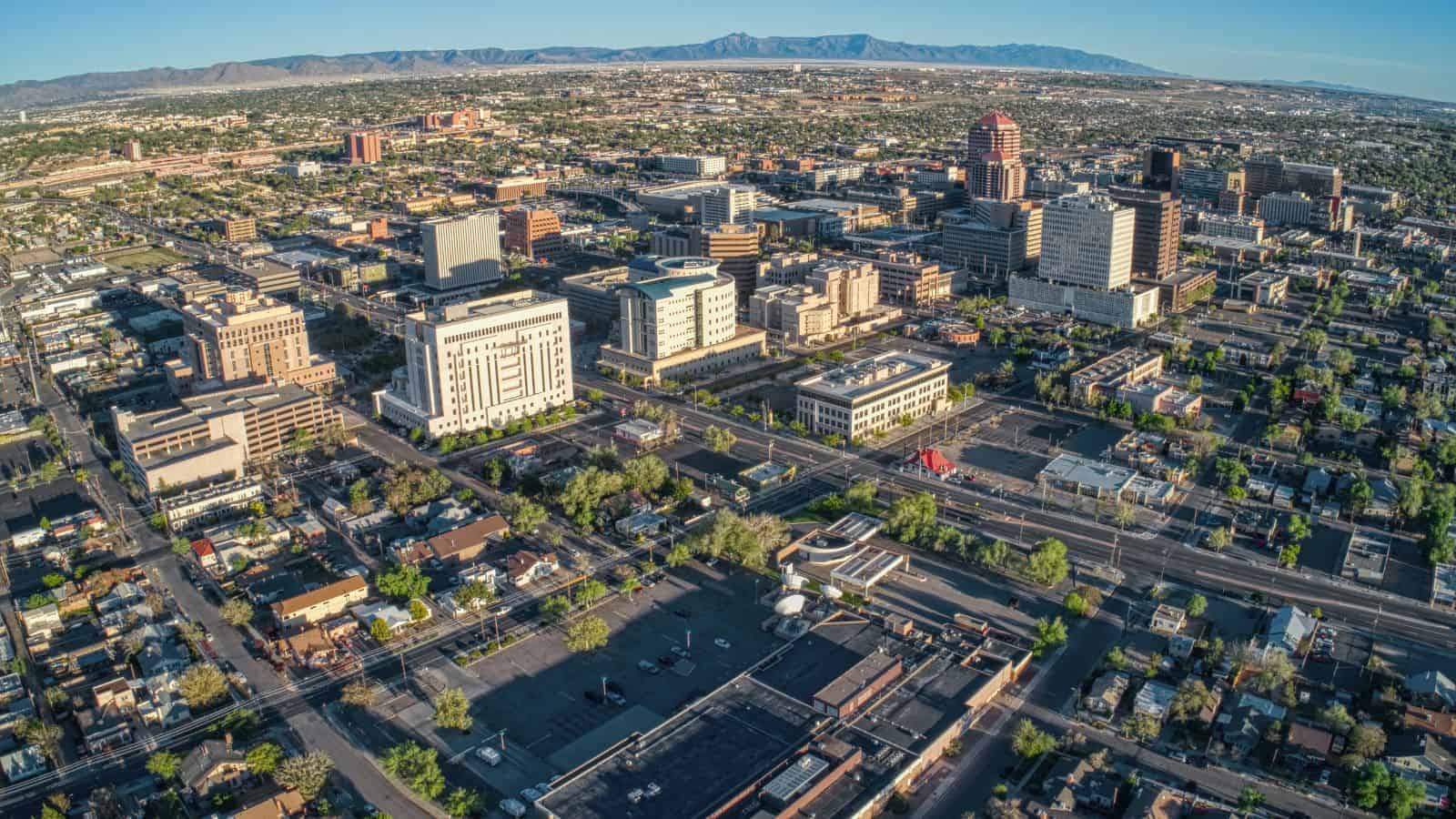
According to the FCNL, New Mexico is the fourth poorest state in the U.S., and its poverty rates remain stubbornly high, particularly in rural areas. The poor economy and lack of state funds mean a substandard level of education and skill-building for young people, while droughts and wildfires (exacerbated by climate change) threaten the environment and its natural resources.
Illinois
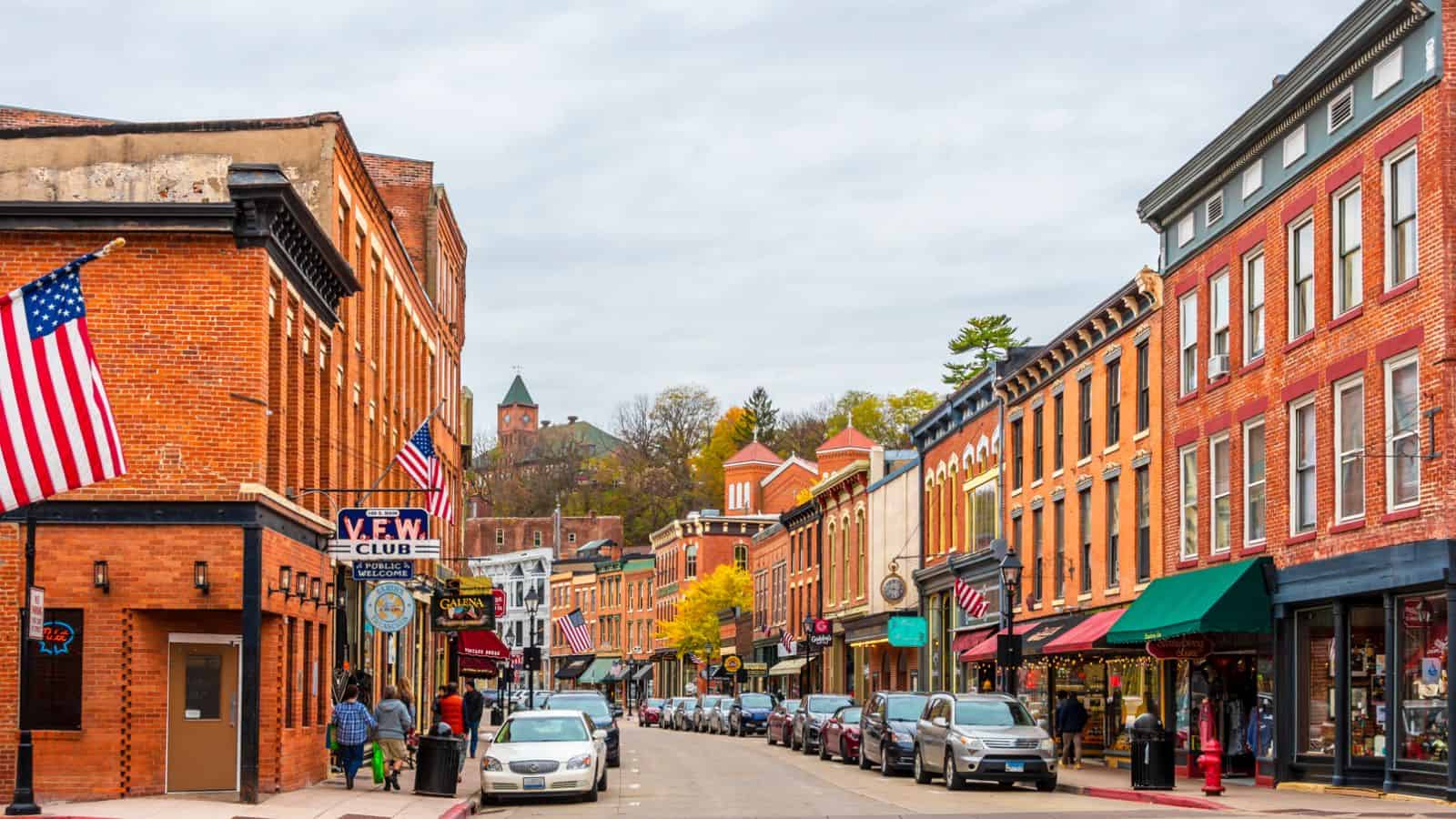
Illinois suffers from crushing debt due to its recent history of low economic growth and unemployment, leaving little funds for vital public services and rejuvenation projects. The state’s underfunded pension system has led to public employee strikes and a sense of social instability. Outmigration is also a common problem, with many young professionals leaving to find more opportunities.
Kansas
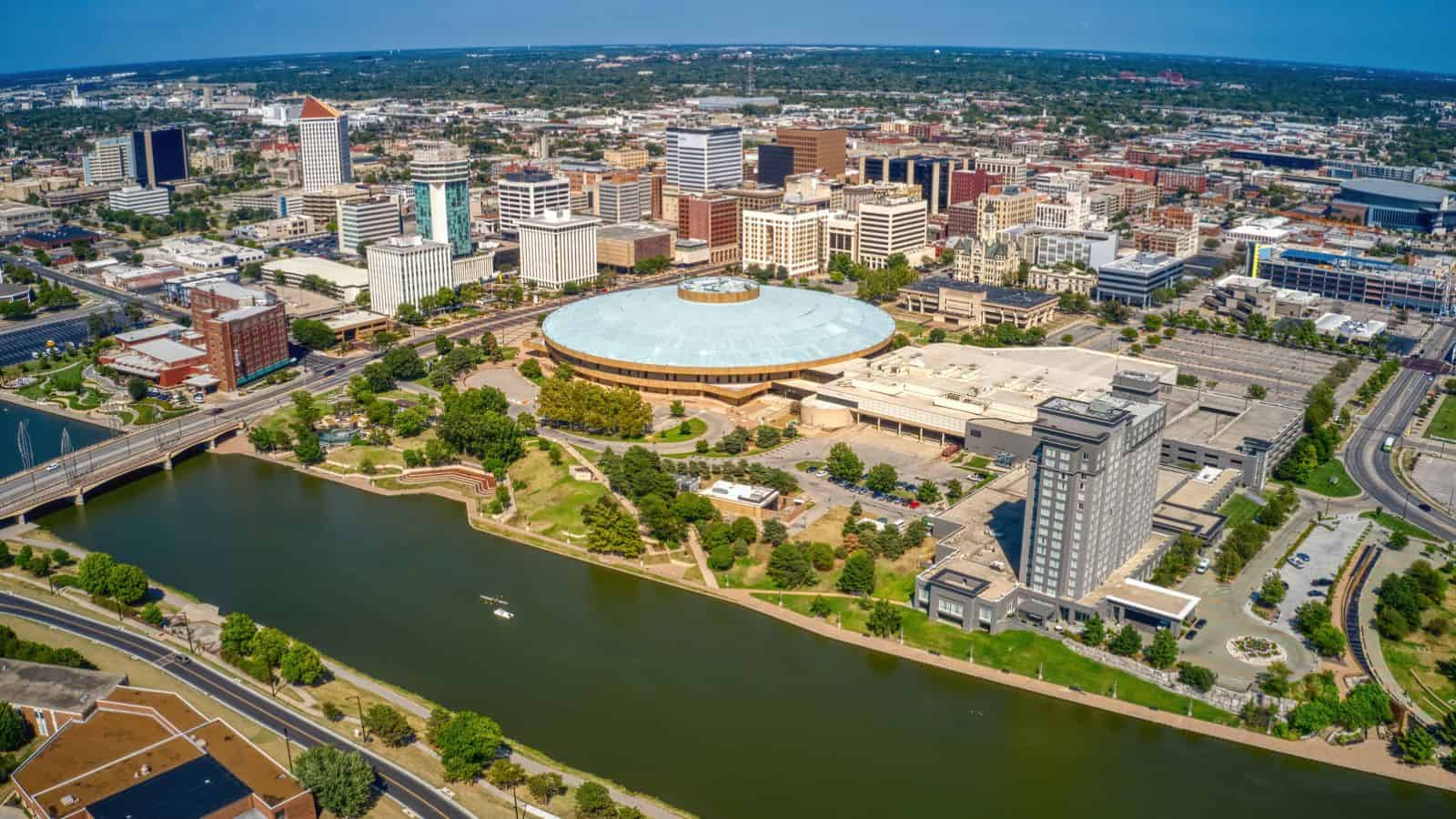
There has been a maximum exodus of residents from “The Sunflower State” since it implemented new tax policies that were unfavorable to businesses and average citizens. The resulting tax base shrinkage has reduced state funds and impacted state services. A major hurdle remains the diversification of the economy beyond agriculture and low-value exports such as wheat.
Mississippi
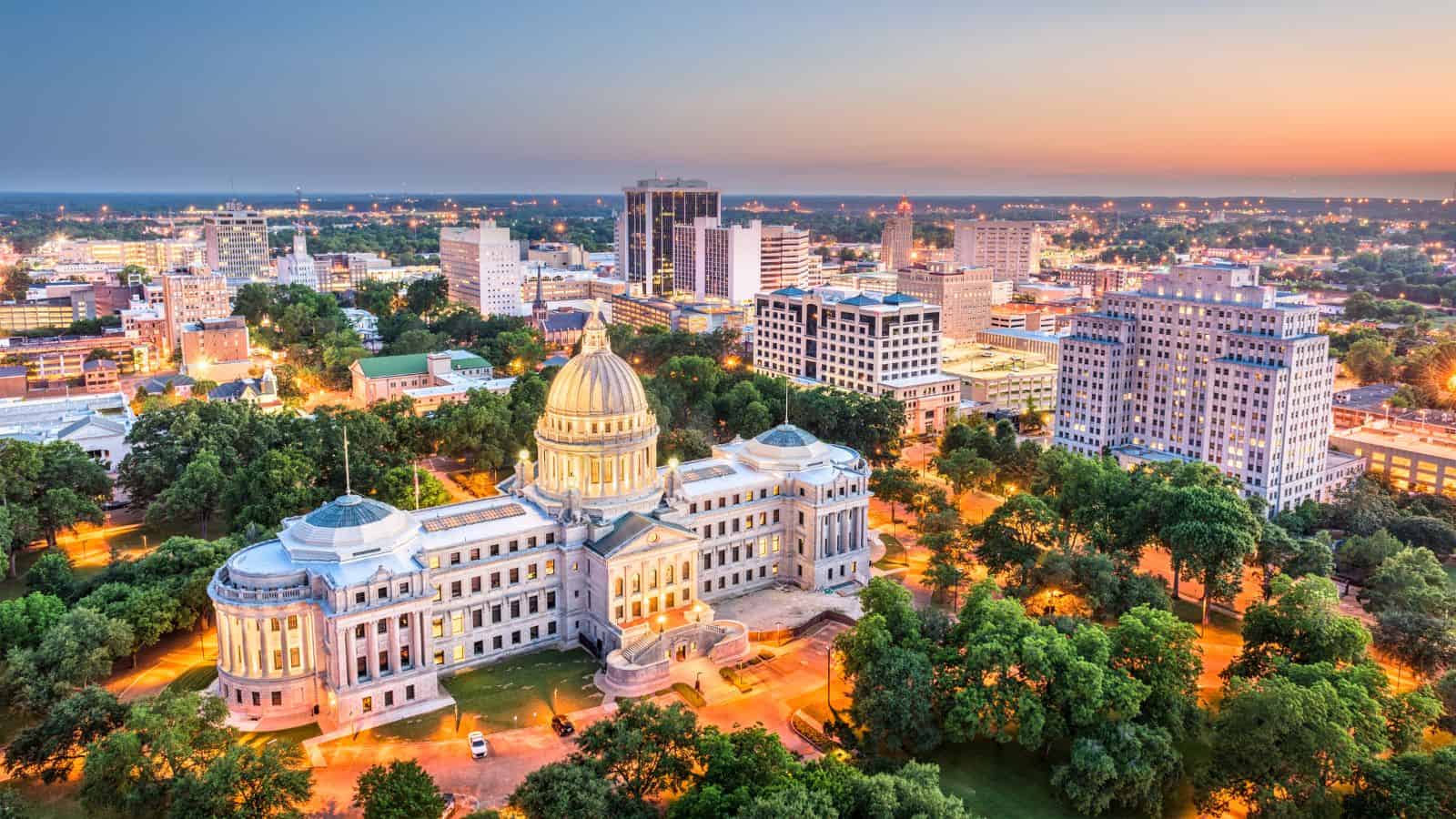
Consistently ranking low in national metrics for education, healthcare, and socio-economic equality, Mississippi has failed to break free of the cycle of poverty, limited opportunities, and high crime that has plagued it for generations. Racial tensions and inequality remain high, and many African American residents live in marginalized, poorly-equipped communities.
Alabama
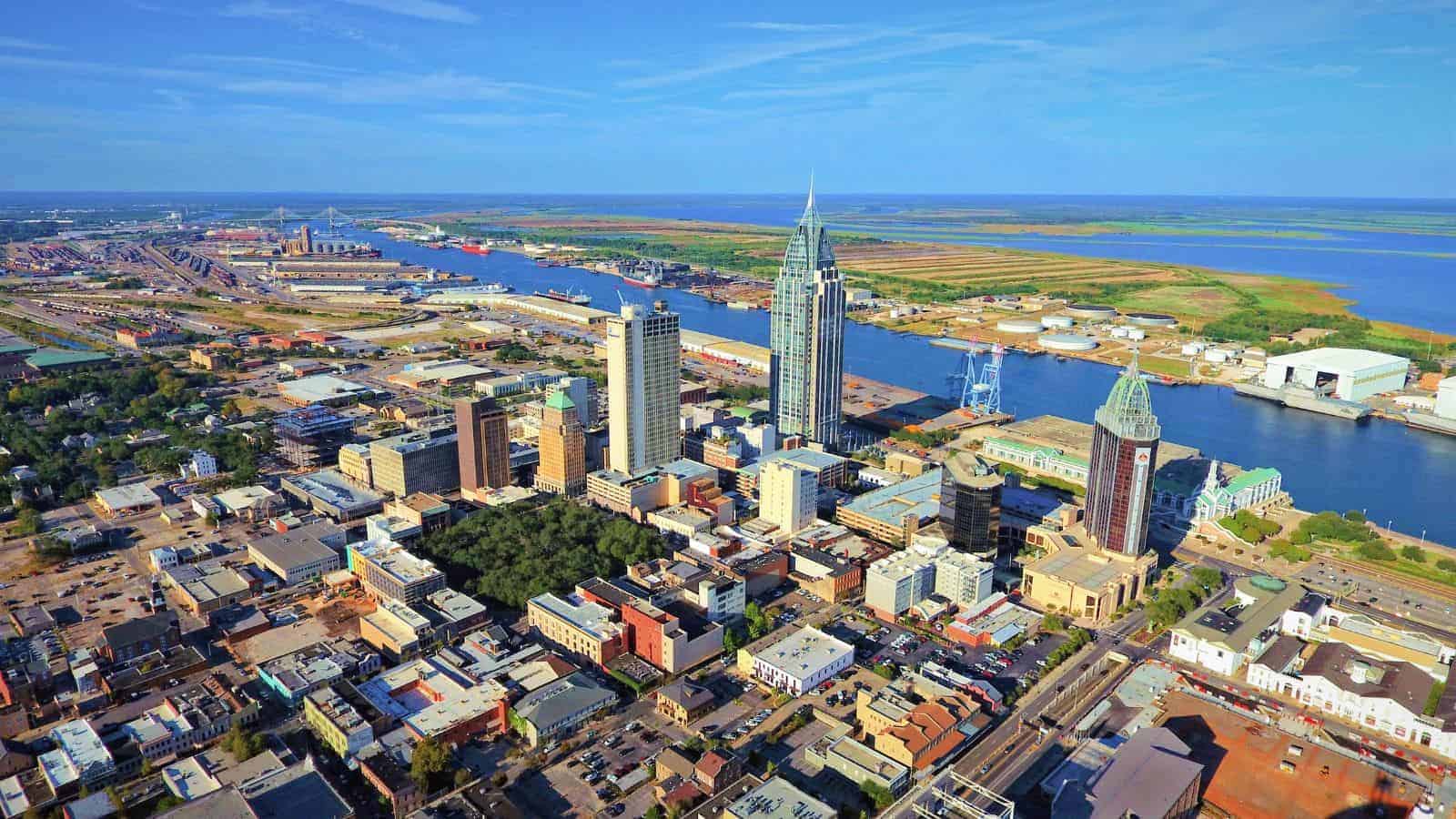
Echoing the challenges in Mississippi, neighboring Alabama also grapples with high poverty rates, a struggling education system, and poor-quality healthcare. The U.S. Census reports that only 55.7% of residents are employed, and a mere 28.8% have a higher education degree.
There are also complaints about restrictive voting laws and dubious environmental policies.
Ohio
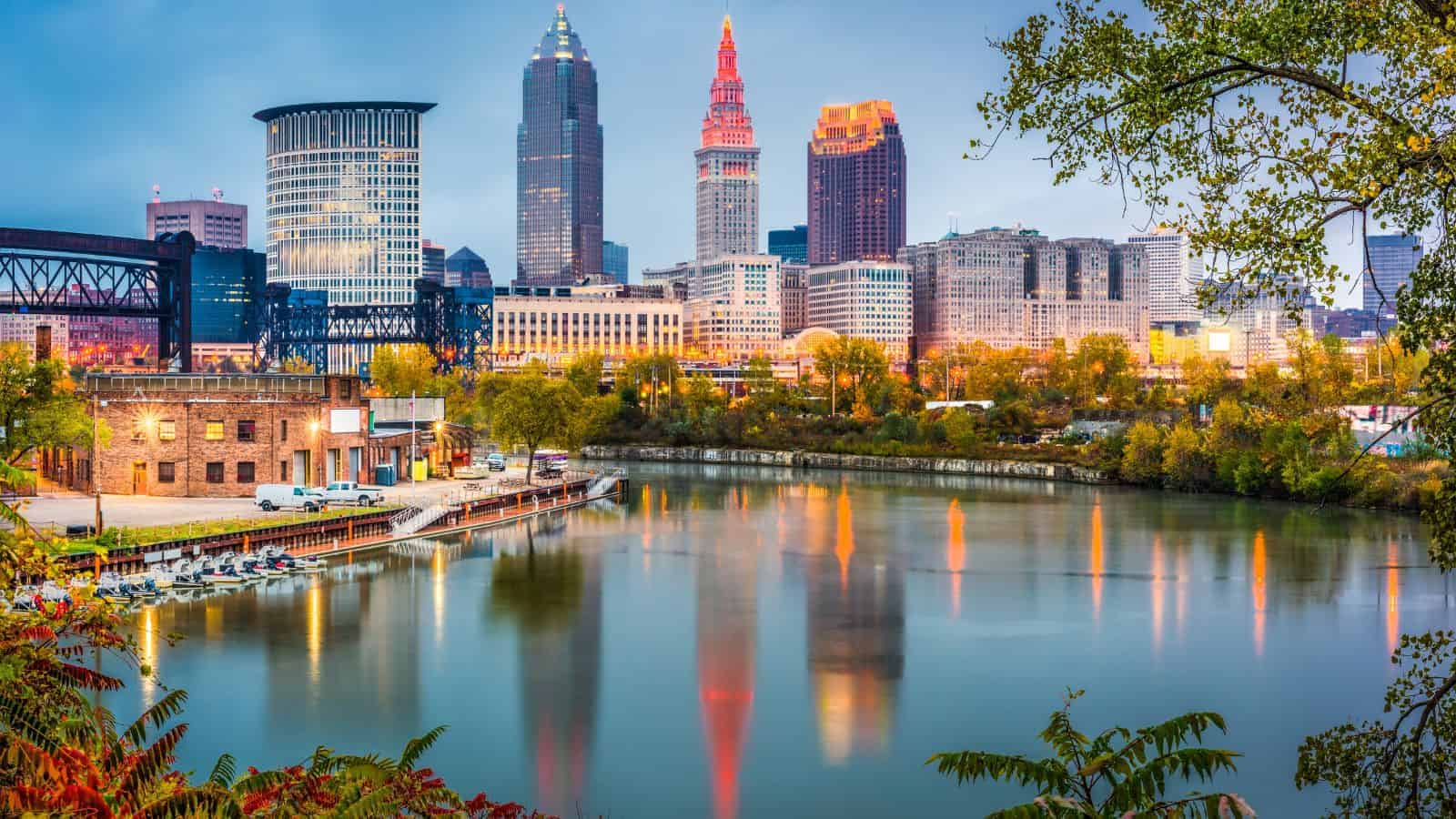
Some areas of Ohio have experienced economic growth in the past two decades, yet many remain stagnant. The decline of manufacturing jobs and crippling unemployment have resulted in rising drug use and crime rates and a destructive opioid crisis. Public education funding has also failed to keep pace with inflation, leaving many students ill-equipped for success.
Kentucky
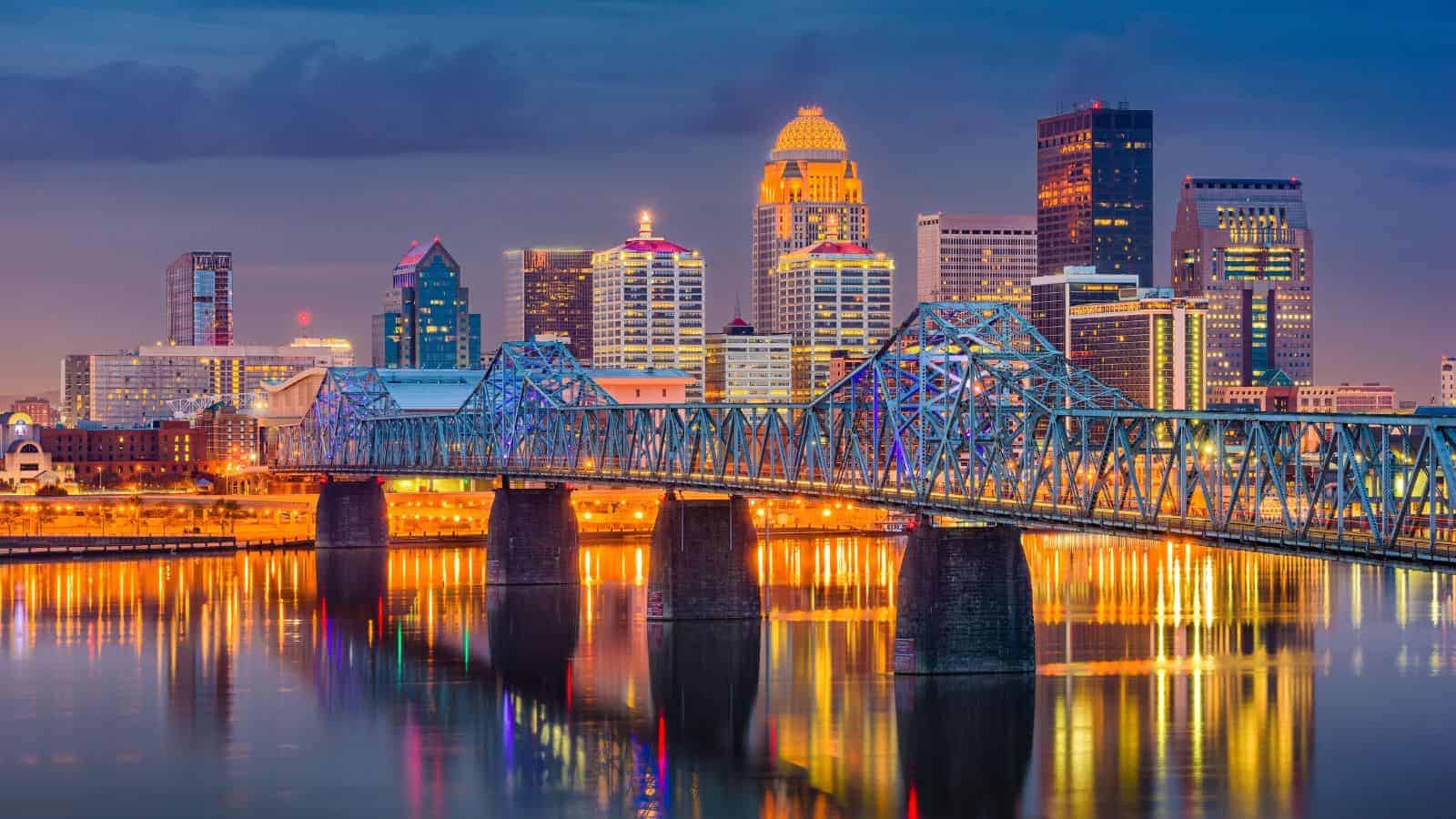
Coal mining and manufacturing, which have been the pillars of Kentucky’s economy for decades, are in decline. Job losses and population decline strain the social safety net. The state battles its opioid crisis while striving to improve its education system. Finding new economic engines to drive growth remains a pressing challenge.
Wyoming
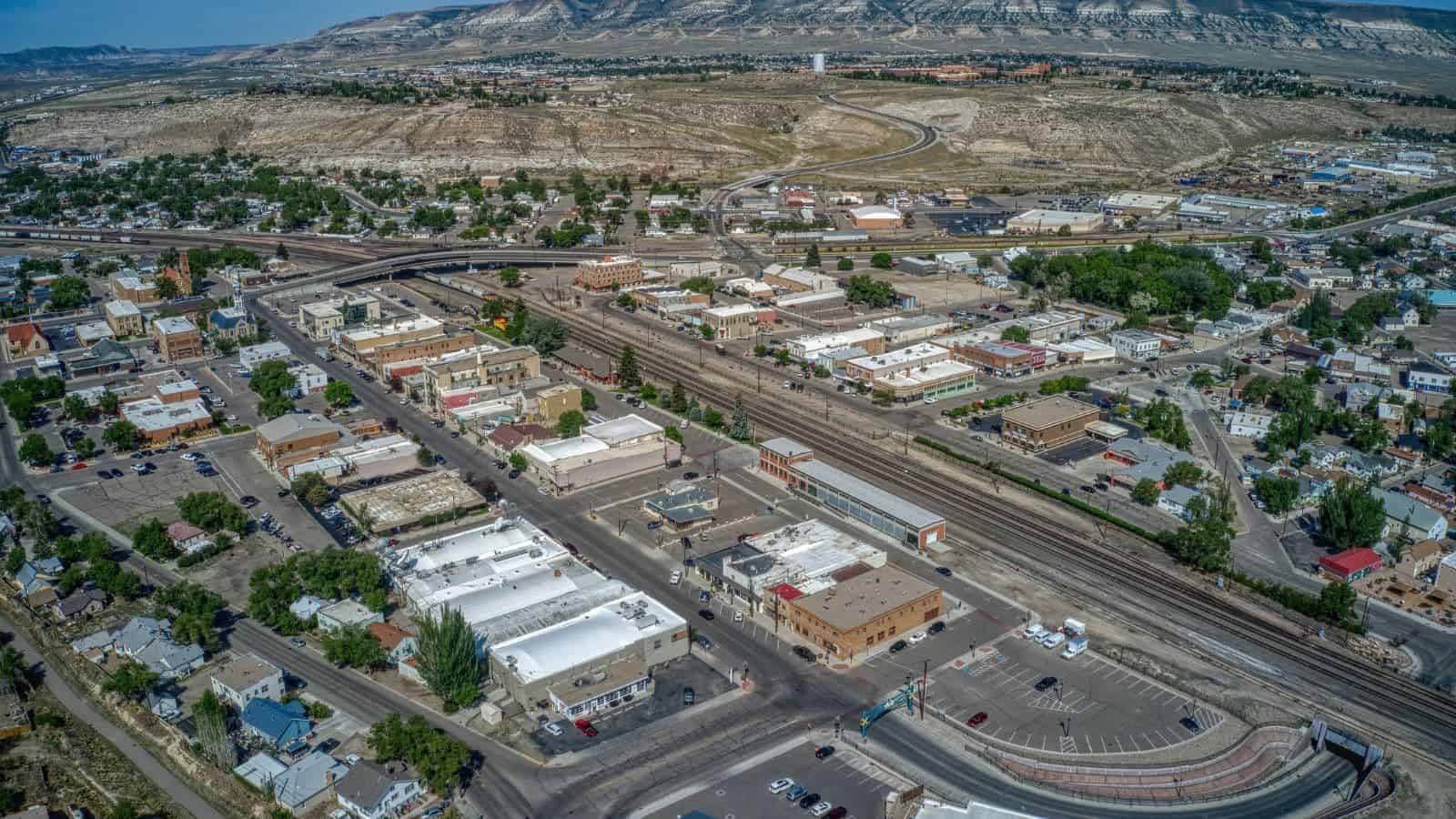
Wyoming’s economy is heavily reliant on the extraction of fossil fuels, so the recent transition to more environmentally friendly alternatives has left it in decline. Public education funding is low, and vast rural areas struggle with limited access to quality schools and hospitals. The problem is unlikely to improve unless lucrative alternative exports can be found.
North Dakota
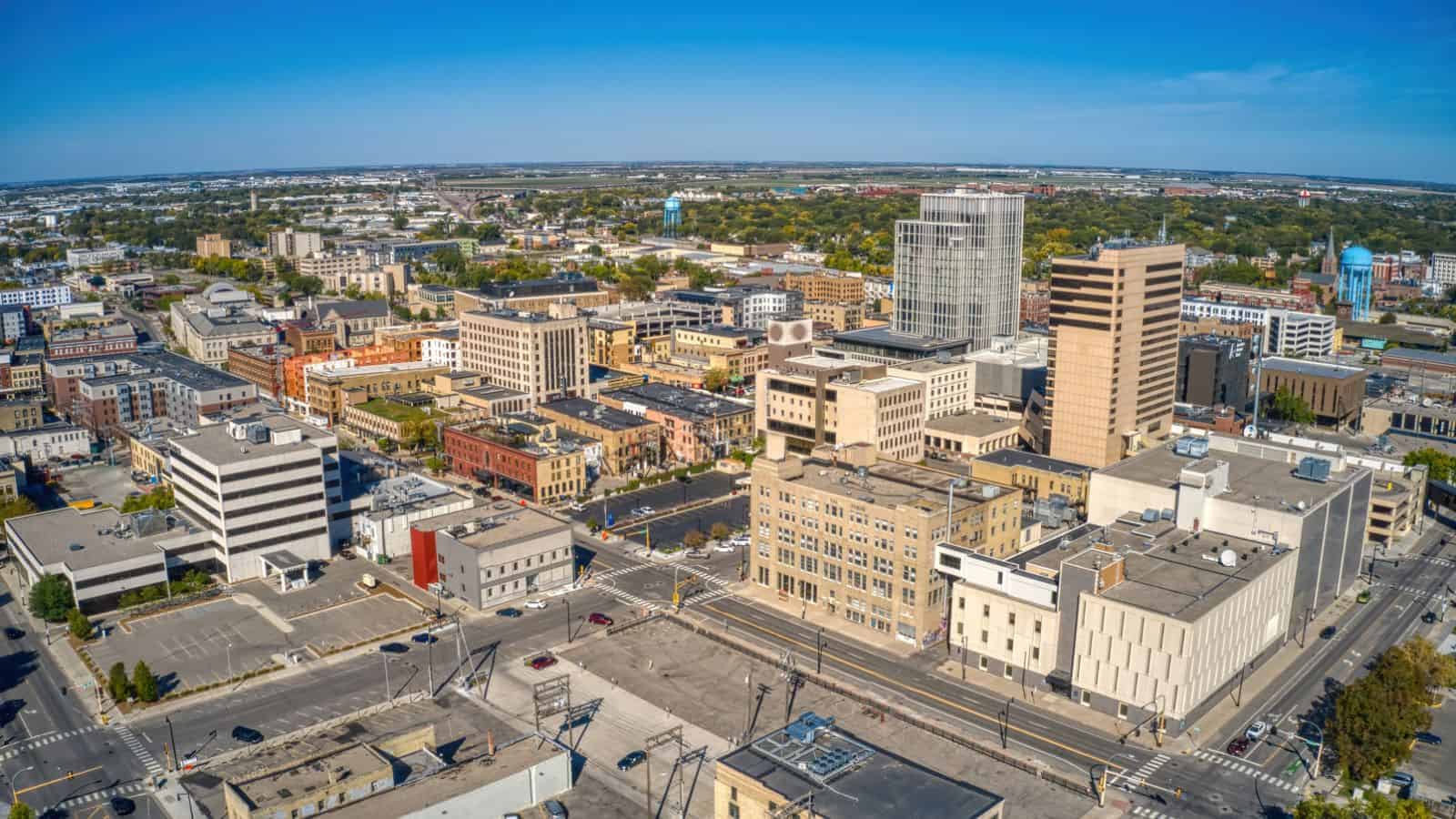
According to the USGS, the fracking boom brought a temporary economic surge to North Dakota in 2008. Yet the economic revival was short-lived as renewable energies and declining oil prices have greatly impacted the state budget. Several environmental concerns around fracking, such as water contamination, have also triggered unhappiness and outmigration.
South Carolina
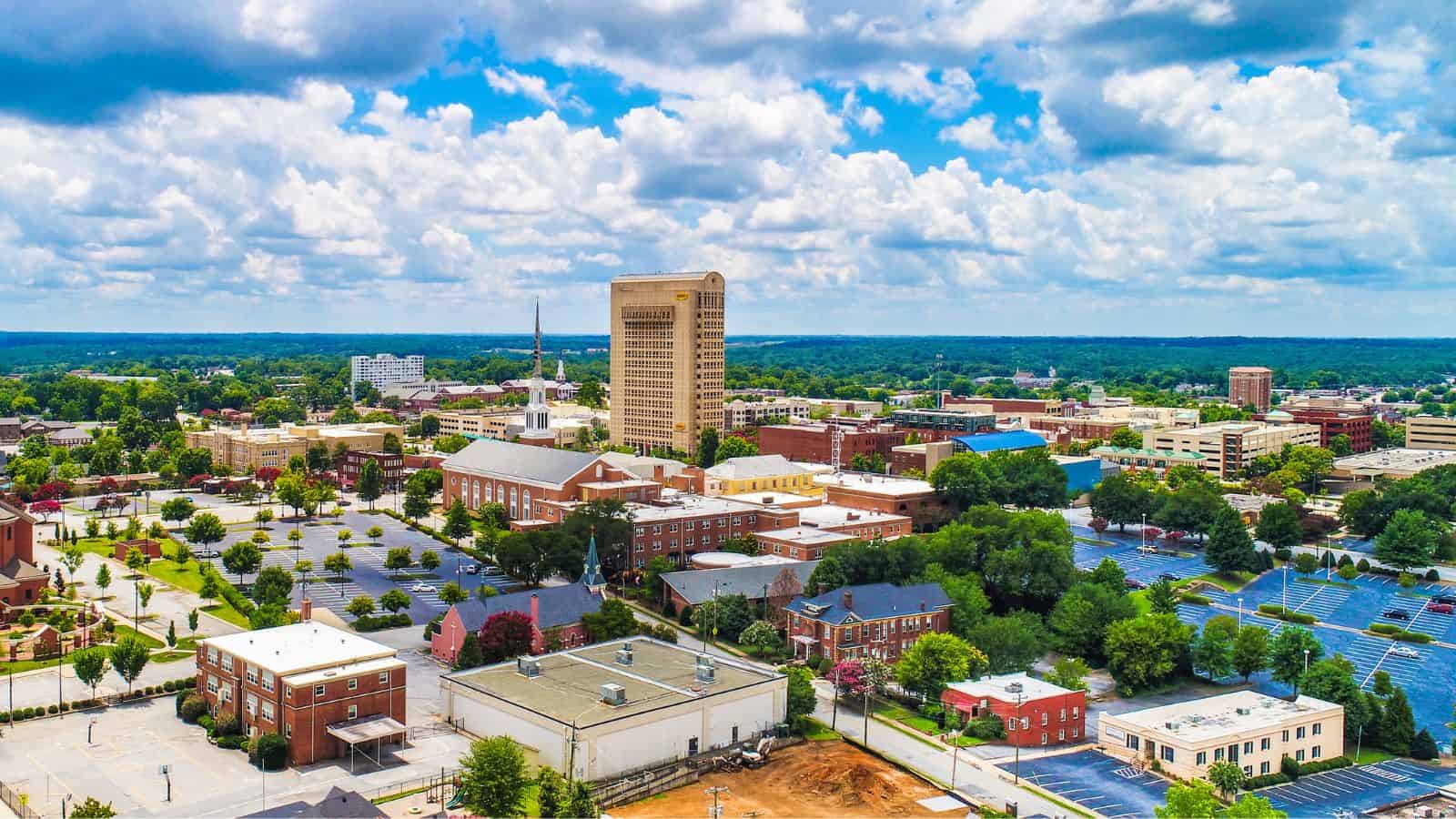
Certain manufacturing jobs have migrated to South Carolina in recent years, but poverty rates, particularly in rural areas, remain persistently high. Racial tensions are always simmering beneath the surface, and minority communities often suffer from inequality. Additionally, climate change threatens the state’s beach tourism industry, requiring expensive coastal protection.
Arizona
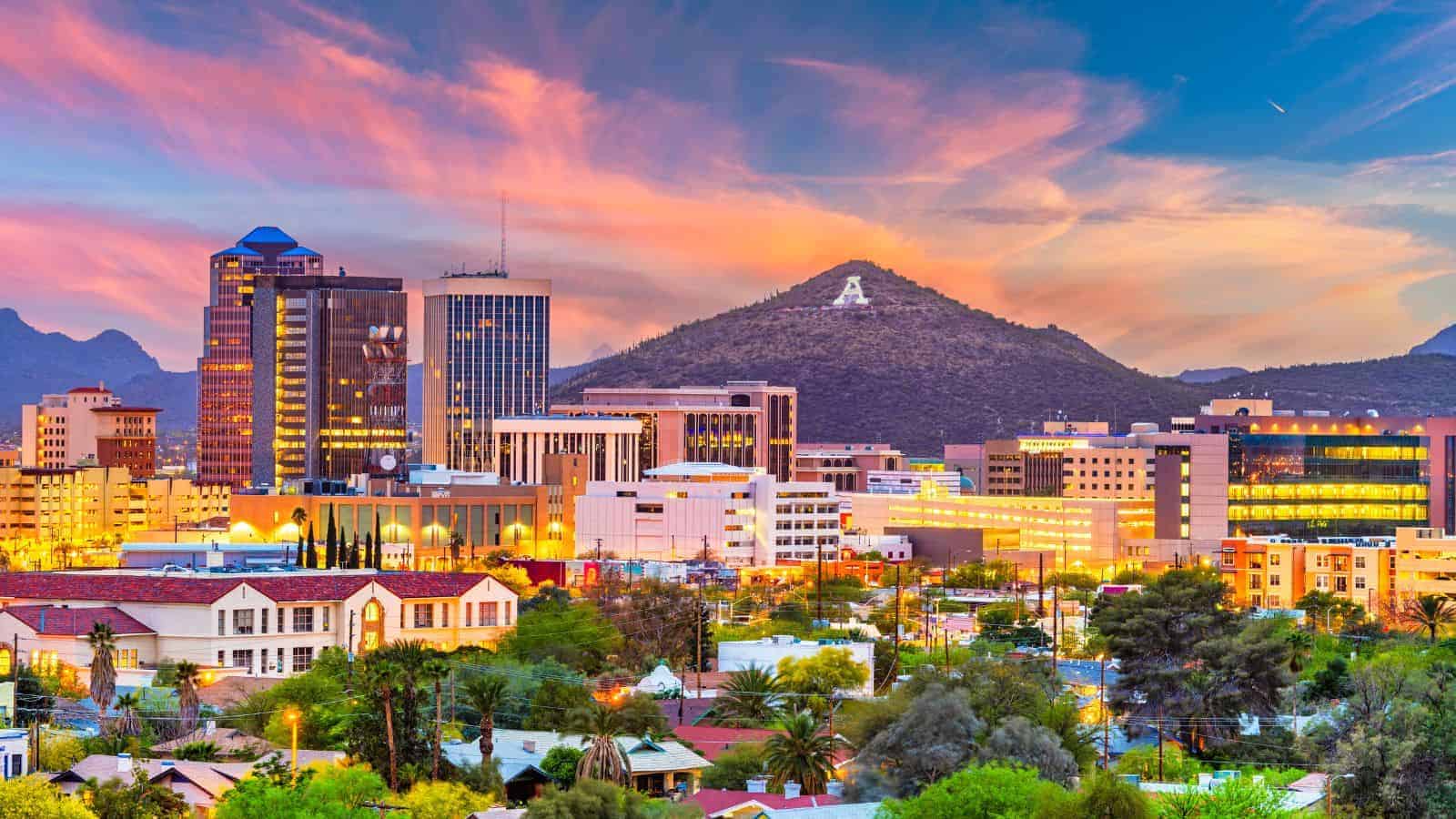
Arizona’s most challenging issue is immigration, which remains complex and difficult to manage. Unchecked immigration has strained resources and social services. Climate change is further impacting its hot, dry climate, with prolonged droughts and water shortages becoming more common, further burdening the state’s already limited finances.
Arkansas
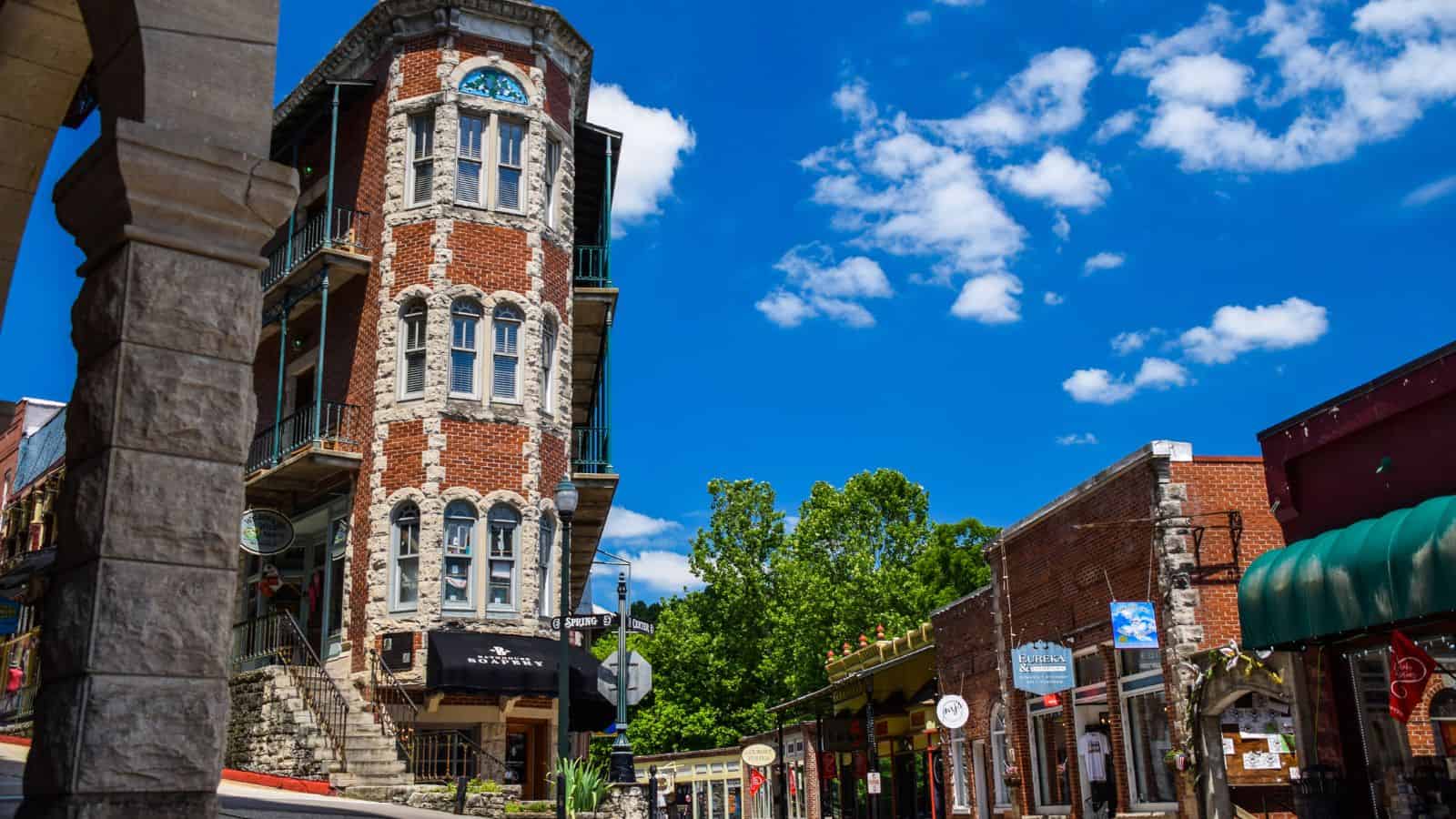
Despite attempts at economic development, poverty remains a persistent issue in Arkansas. The state’s public education system and healthcare infrastructure are poor compared to the national standard, and social inequality is high. Racial tensions and a widening divide between rich and poor have also made for a volatile, dissatisfied society.
Indiana
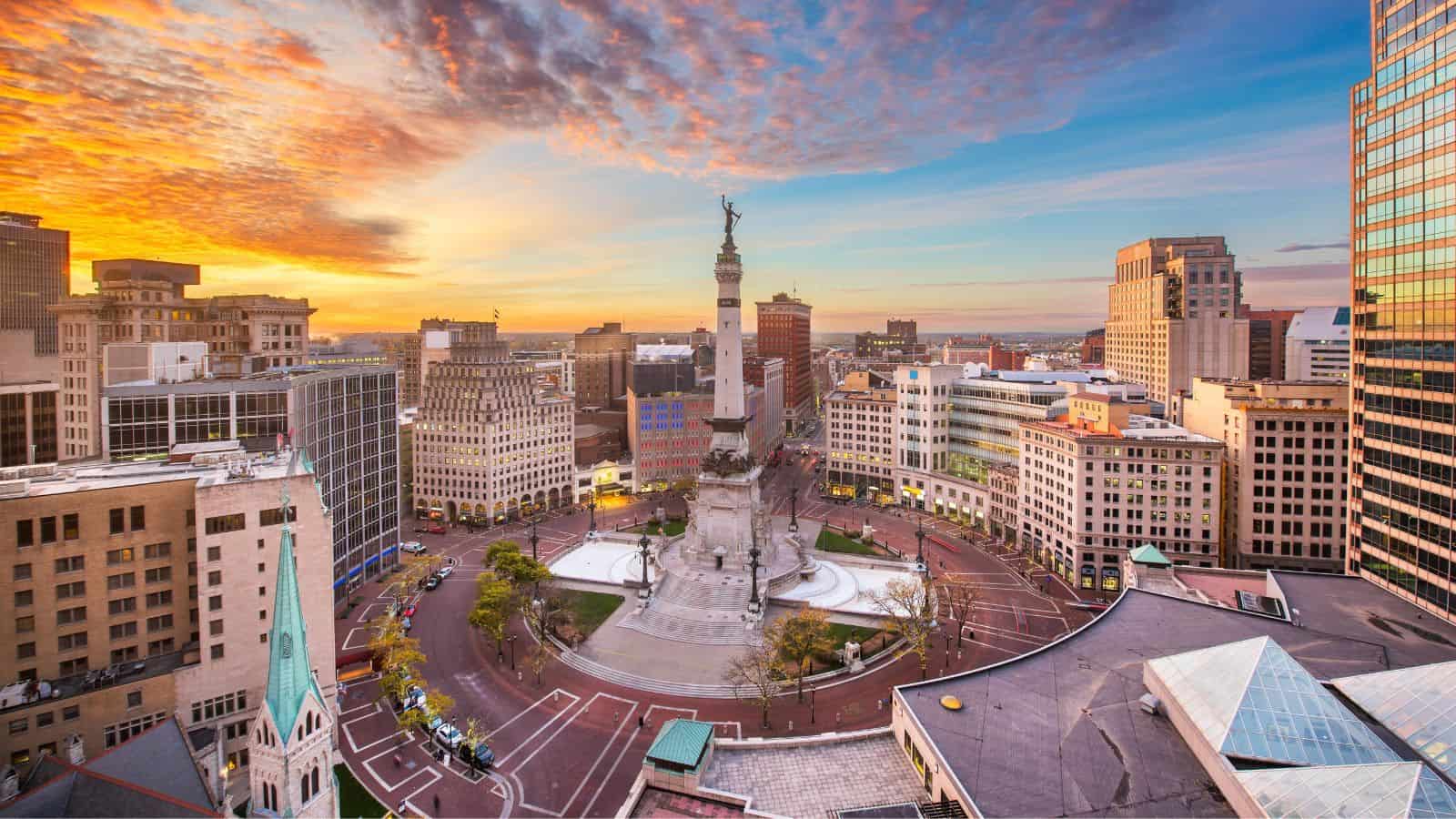
As with other states, the decline of manufacturing jobs has dealt a heavy blow to Indiana’s economy, causing high levels of unemployment and the outmigration of young people and families. Like its neighbors, Indiana’s public education and healthcare systems are poor, while law enforcement struggles to control the growing opioid addiction crisis and associated criminal activity.
Up Next: 20 Personal Things You Should Never Share With Others

Building meaningful connections with others requires a certain level of transparency and trust, but that doesn’t mean you have to tell your friends and family members everything! Some aspects of our lives are too personal, incriminating, or risky to share. This article explores 20 aspects of your personal life that you should always keep confidential.
20 Personal Things You Should Never Share With Others
18 Things Everyone Forgets to Include in Their Will—But Shouldn’t

Wills and estate plans are essential ways to ensure what will happen to your belongings and property when you die or are incapacitated. However, people often forget to include important information in their wills before it’s too late, complicating matters for their descendants. Here are the 18 common things people forget to include in their will.
18 Things Everyone Forgets to Include in Their Will—But Shouldn’t
18 Items at Walmart that Aren’t Worth Your Hard-Earned Money

For many of us, Walmart is the go-to superstore. Whether we need groceries, clothing, or technology, Walmart is a one-stop shop for everything you would need. However, there are some Walmart products you should avoid at all costs, such as the following 18 examples.
18 ITEMS AT WALMART THAT AREN’T WORTH YOUR HARD-EARNED MONEY
